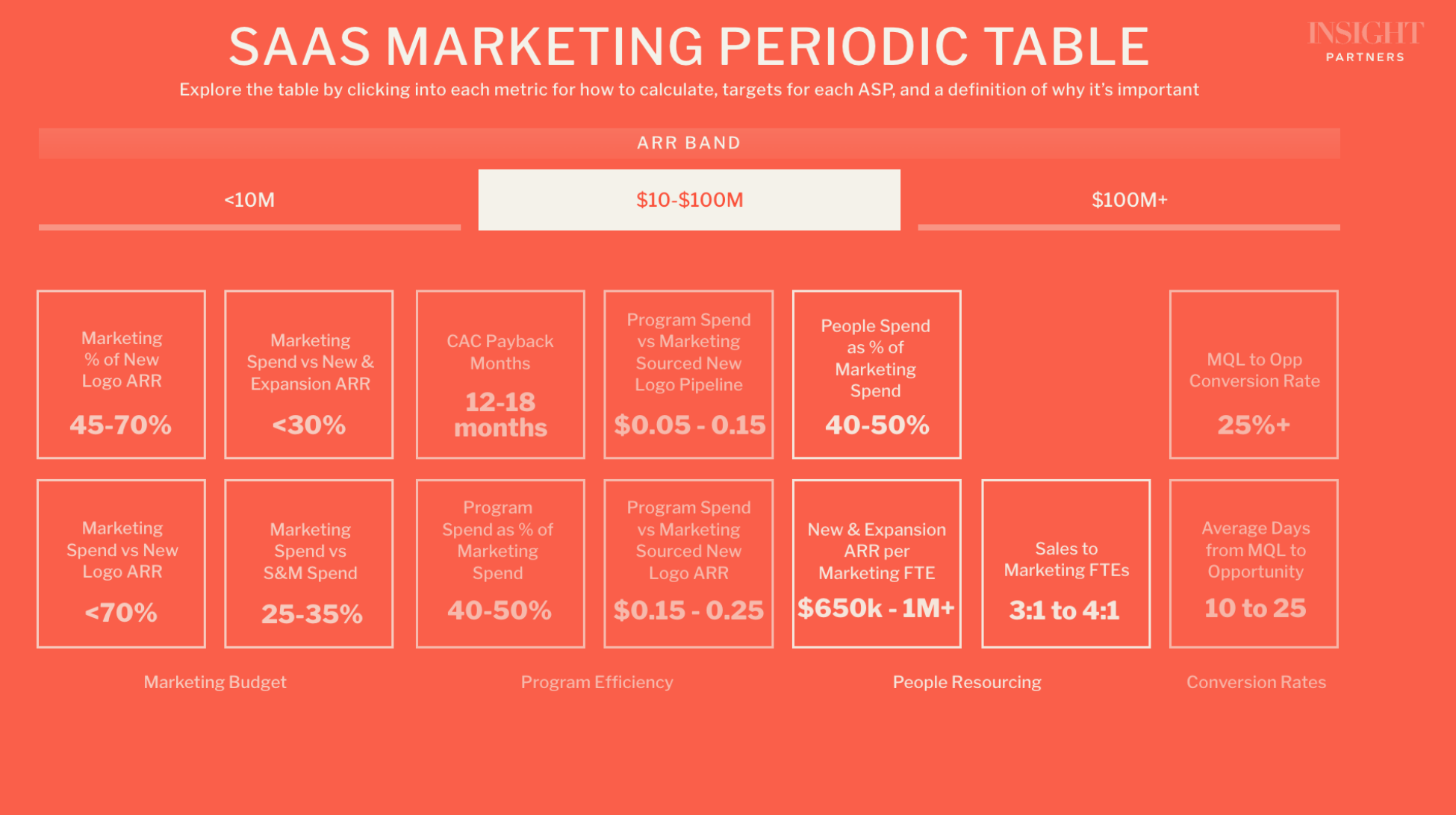
The power of culture: Why getting it right is vital for high-growth companies

In the frenetic pace of high-growth companies, where every decision feels like a make-or-break moment and success is often measured in milestones achieved at breakneck speed, one essential element often gets overlooked: culture. It’s the invisible force that shapes every aspect of a company, from its internal dynamics to its external image, yet its importance can be easily overshadowed by more tangible metrics like revenue and market share. Culture plays a critical role in the success of high-growth companies. Culture isn’t just a buzzword or a box to check off in a manual, but rather a fundamental driver of innovation, resilience, and sustained success.
Getting culture right is not only desirable but imperative for companies aiming to thrive in today’s fast-paced landscape. Establishing a positive and authentic culture not only sets the foundation for scale, but also:
- Increases retention rates: A positive and inclusive culture fosters higher levels of employee engagement. Engaged employees are more likely to be committed to their work, as “a toxic culture is 10.4x more powerful than compensation in predicting a company’s attrition rate.”
- Attracts top talent: A well-defined culture acts as a powerful magnet for top talent. Prospective employees highly consider the culture when choosing employers; data shows that not only 86% of people “avoid a company if it has a bad reputation”, but 15% of people have “declined a job offer due to their perception of a poor company culture”
- Increases productivity and innovation: A strong culture enables creativity, innovation and efficiency. When employees feel empowered and supported, they are more likely to contribute new ideas and work to their full potential. Some companies on Fortune’s annual 100 Best Companies to Work For list have seen “higher average annual returns.”
- Enhances communication and collaboration: There is a correlation between a positive organizational culture and effective communication. When employees feel heard from leadership, they are “4.6x more likely to perform their best work.”
- Improves flexibility and adaptability: A well-crafted culture contributes to organizational adaptability, resilience, and flexibility. In a rapidly changing environment, a strong culture provides a stable foundation that guides decision-making and helps the organization navigate challenges with confidence. “Companies with adaptive cultures, meaning they can shift culture to flex and adapt in order to stay in alignment with strategy had average revenue change of 49.8%.”
Culture must evolve over time
In the ever-evolving landscape of business, where change is constant and disruption is the new norm, one truth is clear: culture is not static. Just as societies evolve, so too must the cultures of the organizations within them. By recognizing the need for cultural evolution, organizations can stay ahead of the curve, build organizational resilience and thrive.
All companies have a culture whether they invest in it or not
It is critical to recognize the evolving needs of a company and proactively address them head on. There are several internal and external circumstances that drive the need to evolve and regenerate culture even when strong and sustaining culture programs are working. Below are some factors of when it is most important to do so.
When an organization experiences rapid growth in headcount
- Be mindful of sub-cultures. Large organizations often develop subcultures within different departments and teams.
- Conduct periodic culture audits to assess how well the company’s values are being upheld and where improvements are needed. Use surveys, focus groups, and interviews to gather insights.
When an organization expands to a new region
- Consider the role of an office liaison. This person helps preserve and nurture the company culture, and ultimately contributes to building a harmonious and productive work environment in the new region
- Be mindful of regional differences with regard to language, team dynamics, leadership norms. Offer cross-cultural training programs, resources and continuous education to promote understanding and collaboration.
When an organization experiences M&A (mergers & acquisitions) activity
- Conduct culture due diligence. Consider the strengths and opportunities of both existing cultures in order to define the desired culture of the newly formed entity. When companies attempt to assimilate cultures too quickly, there is a risk of losing the unique aspects of each organization’s culture, which can lead to decreased satisfaction and an increase in attrition. Authenticity in culture is critical and if the authenticity is lost, employees will quickly disengage.
- Identify ‘change champions’ or ‘culture champions’ from entity A and entity B to create a dedicated team focused on influencing change and acting as the voice of the employees. This group will address any potential cultural clashes and will share direct employee feedback.
When there is a leadership change
- Pay respect to the outgoing leader and demonstrate appreciation for what s/he has accomplished for the organization. This helps in maintaining a sense of continuity and respect for the organization’s history.
- Implement stability measures to minimize disruptions during the leadership transition. Clearly communicate any additional changes to organizational structure, reporting lines, or key processes. Following a leadership change, many organizations move on to business as usual and focus on day-to-day business operations and do not focus on change management. Successful adoption of change needs to be managed effectively.
When an organization makes changes to the working environment
- It is vital to frequently communicate. Establish clear communication channels, encourage open dialogue, and utilize collaboration tools to keep teams connected and keep communication lines open.
- Be mindful of in-person bias and giving preference to individuals who are physically present in the office over those working remotely. Addressing this bias is crucial to creating a fair and inclusive workplace.
When external factors such as social or economic changes impact the company
- Provide leaders and managers with training on how to effectively manage teams and maintain morale during trying societal times or economic downturns.
- Prioritize initiatives that support mental and emotional well-being, such as access to counseling services or wellness programs.
All companies have a culture whether they invest in it or not. As a founder or leader, it is key to lead by example, build trust early on and embrace change. Be open to evolving processes while ensuring that your core values remain intact. Clinging to the status quo is a recipe for stagnation. Embracing change is the key to long-term success.








